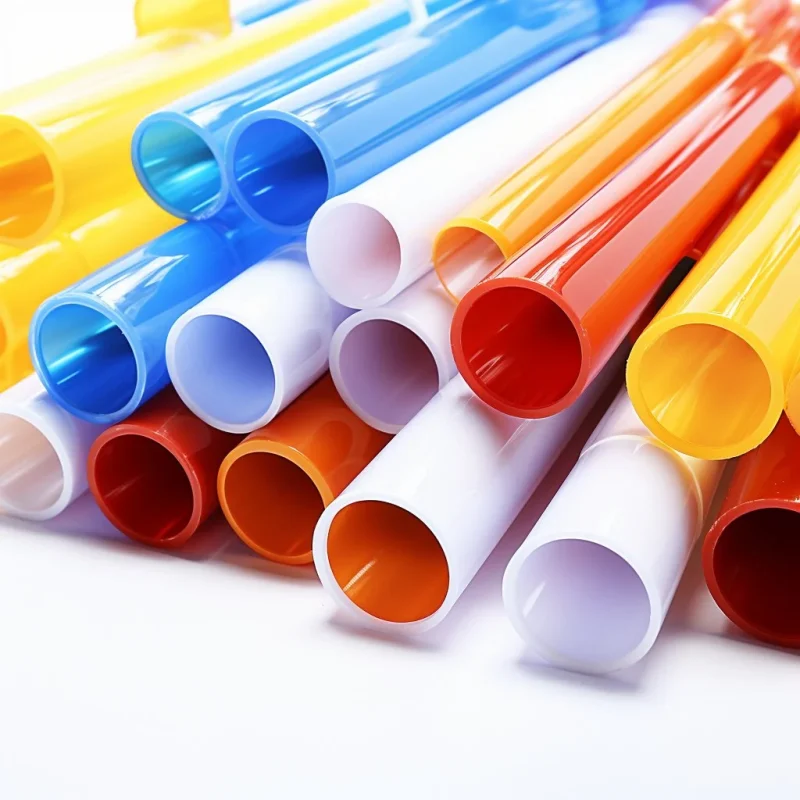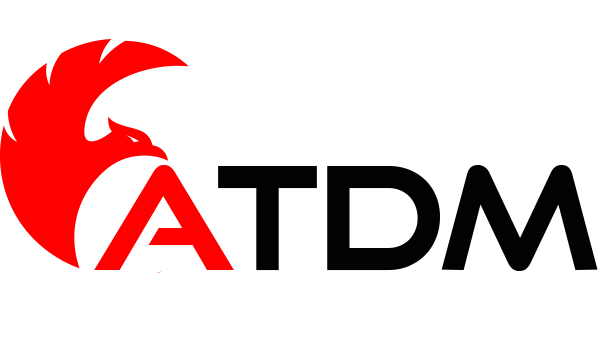
Paraffin wax can be incorporated into polyvinyl chloride (PVC)
in various applications ,The addition of paraffin wax in PVC is mainly for improving certain properties, such as processing characteristics and surface properties. Here are some key reasons and uses of this product:
-
Processing Aid: Paraffin wax is often use as a lubricant in PVC processing. It helps reduce friction between the resin and the machinery during extrusion or molding. This helps improve the flow of the polymer and allows for smoother processing.
-
Improved Surface Finish: The addition of paraffin wax to PVC can enhance the surface finish of the final product, providing a smooth and shiny appearance. This is particularly important in applications where aesthetics are crucial, such as in decorative items or consumer products.
-
Reduced Friction: Paraffin wax can lower the coefficient of friction of polymer, which can be beneficial in applications such as flooring or tubing, where reduced wear and tear is desired.
-
Temperature Stability: Paraffin wax can improve the thermal stability of it during processing by acting as a heat stabilizer, reducing the degradation of the PVC polymer at high processing temperatures.
-
Plasticizer Effect: While not a primary plasticizer like dioctyl phthalate (DOP) or similar, paraffin wax can act as a secondary plasticizer in Polymer, making the material more flexible and easier to process under certain conditions.
-
Compatibility: Paraffin wax is generally compatible with Polyethylene, especially when used in small amounts (typically 1–3% by weight). It helps improve the processability without significantly affecting the chemical properties of the it.
Applications of paraffin wax in PVC include:
- PVC films (e.g., for packaging materials)
- PVC pipes and fittings
- PVC coatings and surface finishes
- Wire and cable insulation
However, the amount of paraffin wax added must be carefully controlled to avoid negative impacts on the final product’s mechanical properties or long-term stability.
Mechanism in PVC using paraffin wax lubricants
Based on the results of the differential thermal analyses, percent haze, microscopy, metal release, Brabender fusion, and extrusion studies .
Plasticizers are extensively utilized in various domains for improvising the fluidity or plasticity of materials especially make of plastic and PVC. Lubricants containing polar groups, which preferentially wet the metal surface in the presence of it, such as calcium stearate, are excellent metal lubricants.
The plasticizer makes polymer impact proof, thermal & light stable, flexible and strongly attached to resin. We provide a wide range of these additives applicable for different utilities.
Allow PVC to stick to the metal surface.
These additives are widely use in wire jacketing, PVC cable, synthetic rubber, chlorinated rubber, nitrocellulose polystyrene, PVC resins, footwear, vinyl flooring, medical equipment, adhesives, perfumes, non-toxic food containers, automobile parts, tubes and rubber belts.
However, these lubricants work in combination with the metal wetting lubricants to make the lubricant layer more fluid, providing a better lubricating system than either lubricant alone.
Lubrication between primary particle flow units is similar to that at the metal surface with the polar PVC surface acting in a similar manner as the metal surface. We find the common classification of lubricants as internal or external to be deficient in explaining performance.

